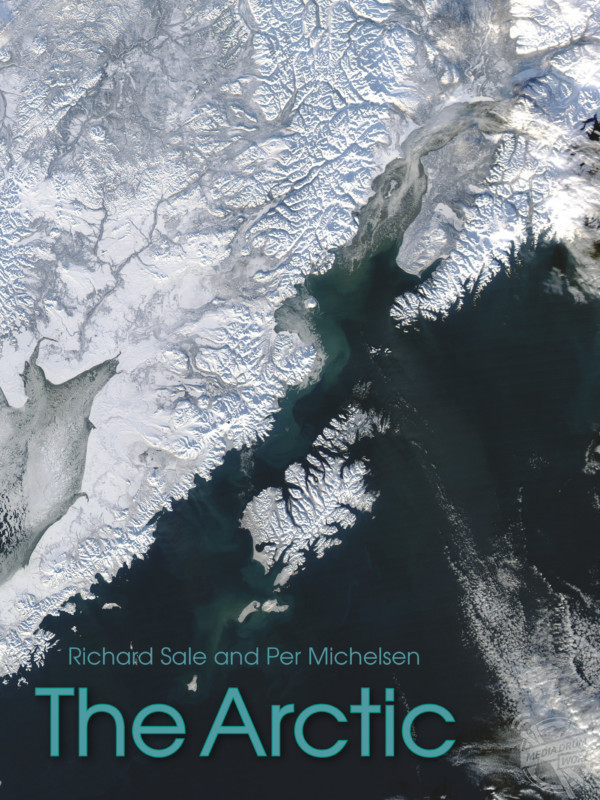By Mark McConville
STUNNING pictures in a new book have showcased one of the last great wildernesses in the world, the Arctic.
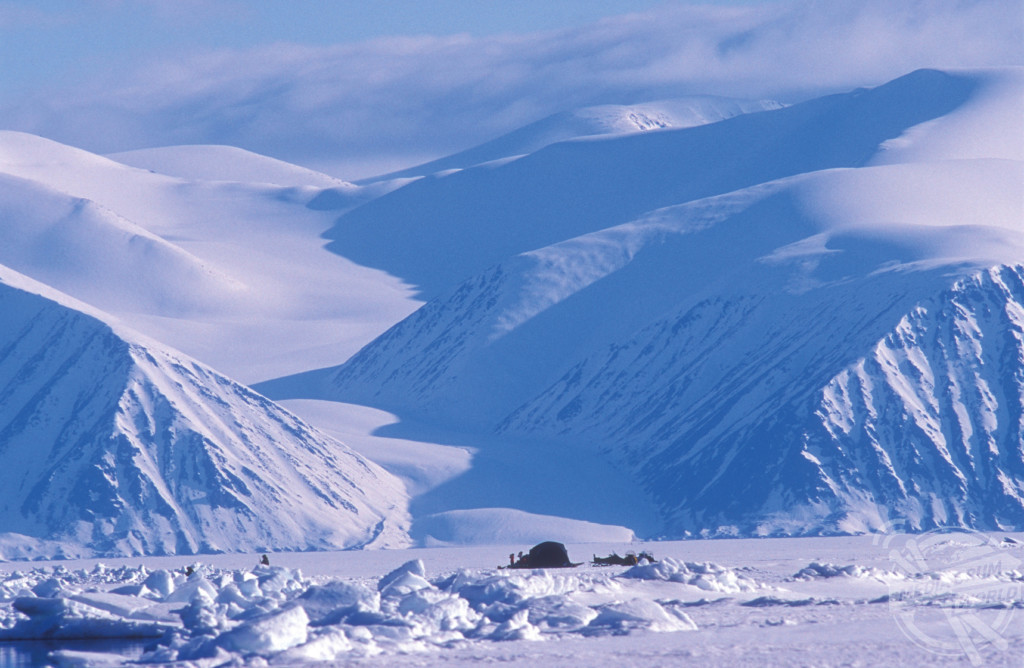
The incredible images show a huge frozen waterfall at Gullfoss, Iceland, a coloured aurora featuring the full spectrum in northern Scandinavia and a Polar bear hunting on the sea-ice off Spitsbergen’s east coast.
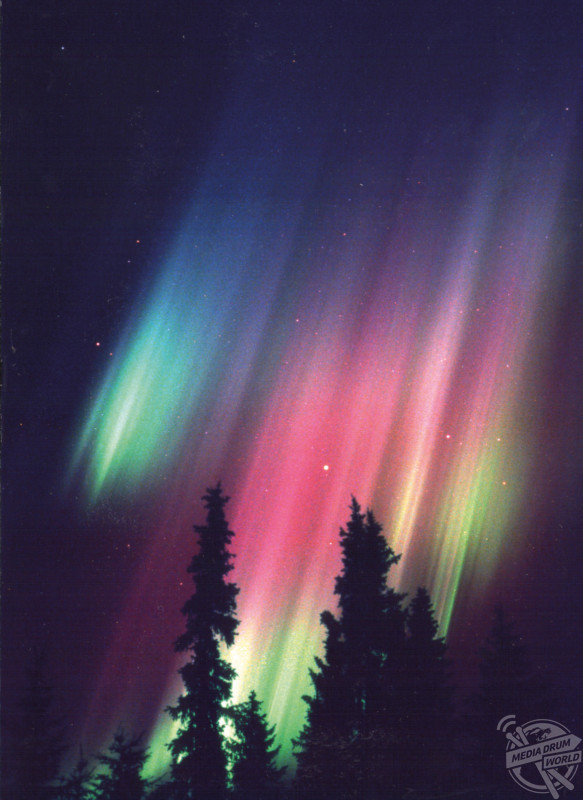
Mediadrumimages / Richard Sale & Per Michelsen
Other striking shots show a dead walrus being hauled ashore by Yuppiat hunters in Chukotka, a Nenet woman preparing reindeer leg skin for shoe making and breaching humpback whales in the Lynn Canal, Alaska.
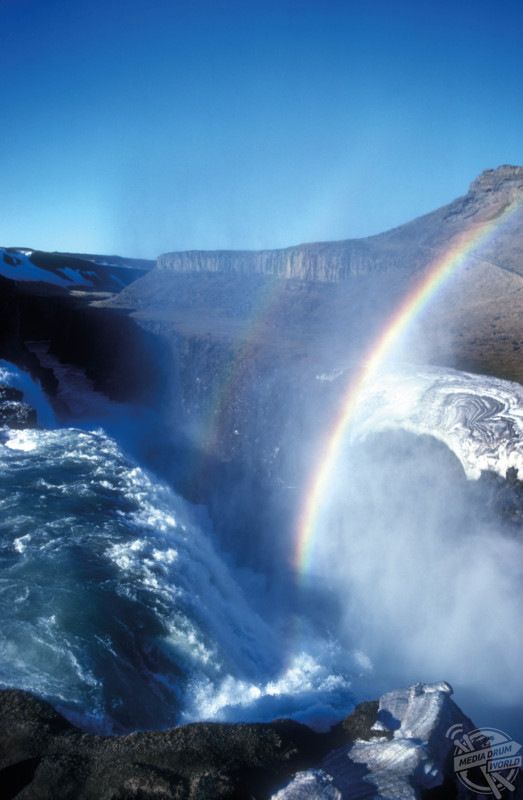
Mediadrumimages / Richard Sale & Per Michelsen
The remarkable photographs are showcased in Richard Sale and Per Michelsen’s new book, The Arctic, which is published by Whittles Publishing.
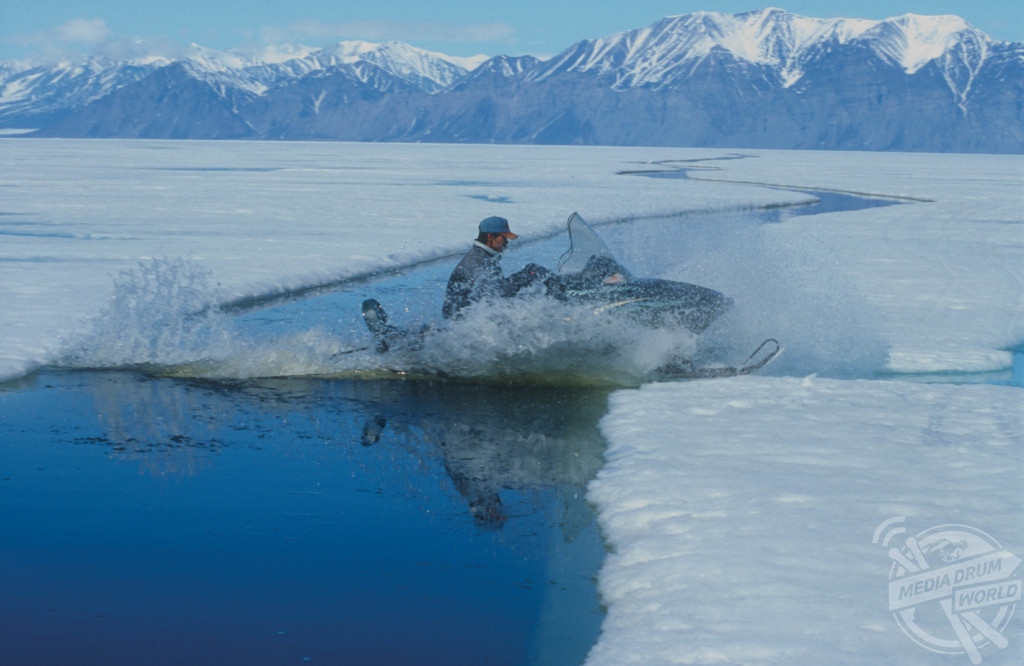
Mediadrumimages / Richard Sale & Per Michelsen
“Earth’s ecosystems are finely balance,” they write.
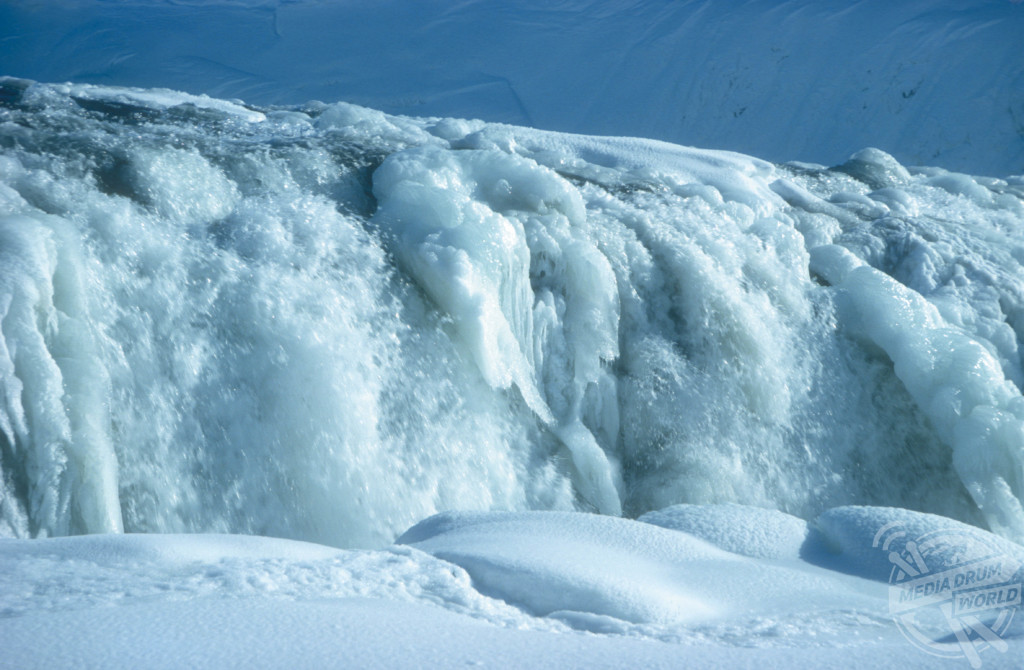
Mediadrumimages / Richard Sale & Per Michelsen
“Changes to a habitat or a change to the number or diversity of species, by the introduction of an ‘alien’ organism or the elimination of an existing one, can have profound effects. The Arctic is no exception to that rule, but it is a special case for several reasons.
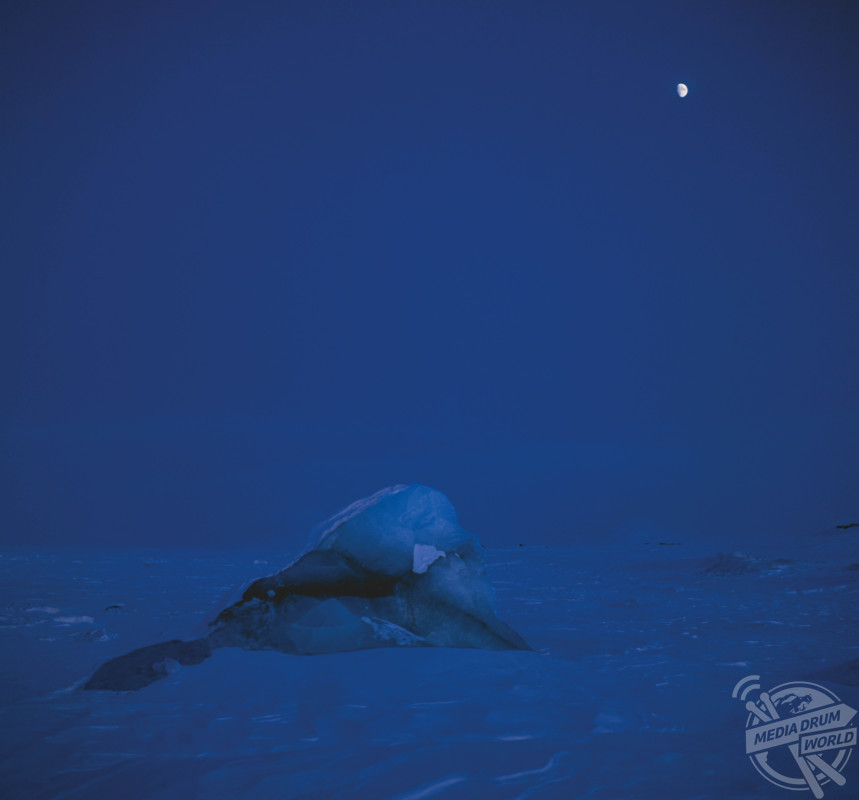
Mediadrumimages / Richard Sale & Per Michelsen
“Firstly, the Arctic ecosystem is young, having developed only since the retreat of the ice at the end of the last Ice Age: such systems can be especially unstable.
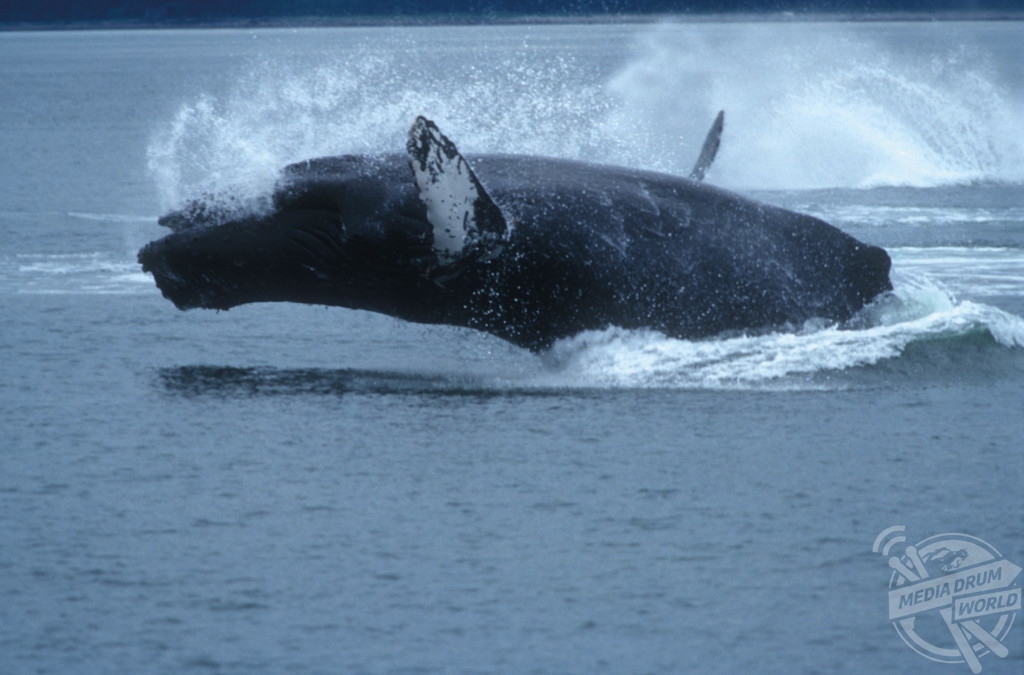
Mediadrumimages / Richard Sale & Per Michelsen
“Secondly, the Arctic is an unforgiving and hostile environment, one in which climatic effects can be sudden and devastating, and recovery times can be lengthy.
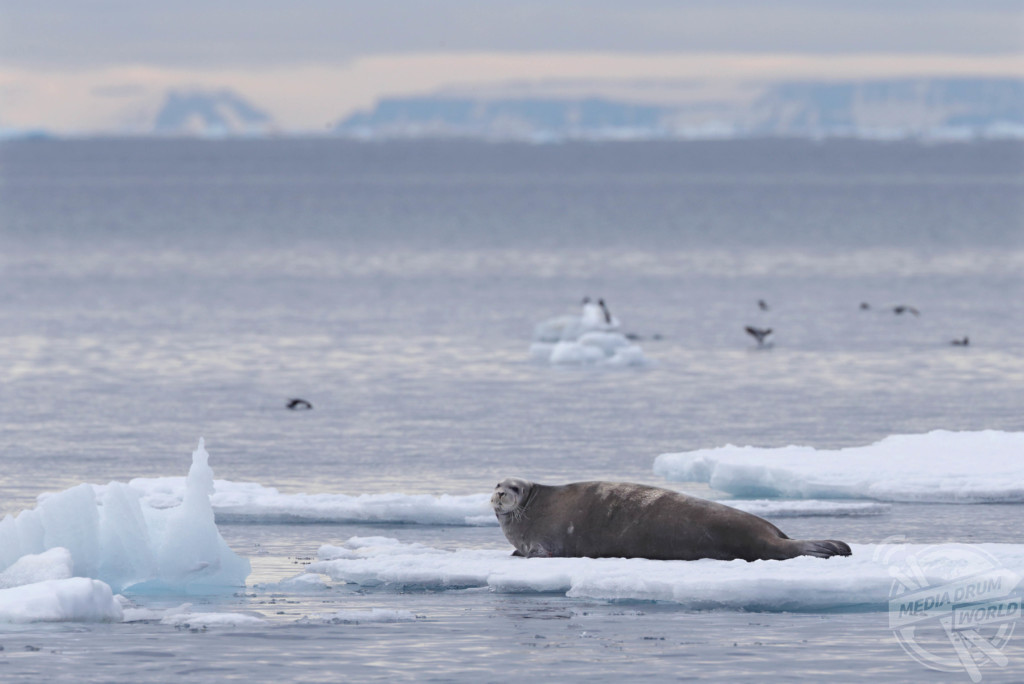
Mediadrumimages / Richard Sale & Per Michelsen
“Because Arctic species are continuously stressed by their environment, any additional stresses imposed by external, man-made changes can cause major, and rapid, disruption.”
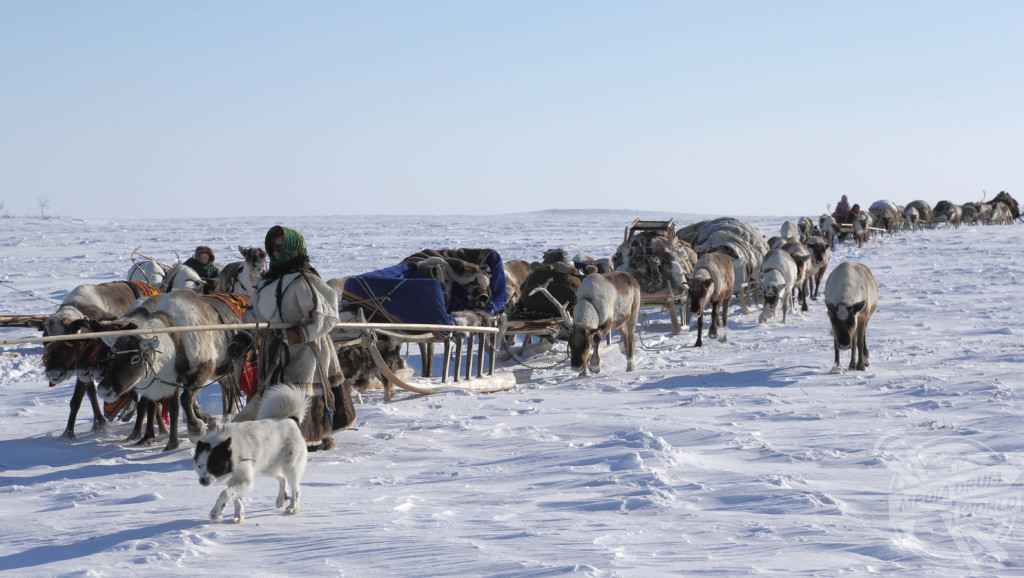
Mediadrumimages / Richard Sale & Per Michelsen
Global warming is causing the sea ice to shrink, in both area and volume. This allows easier access to its probable resources and, ironically, this access merely adds to the threats to the area and its wildlife.

Mediadrumimages / Richard Sale & Per Michelsen
Due to feedback mechanisms, the Arctic warms about twice as fast as the Earth. The area therefore acts in the way that canaries once acted in coal mines, giving an early warning of danger: melting sea ice not only threatens the local wildlife but indicates the threat to the Earth as a whole.
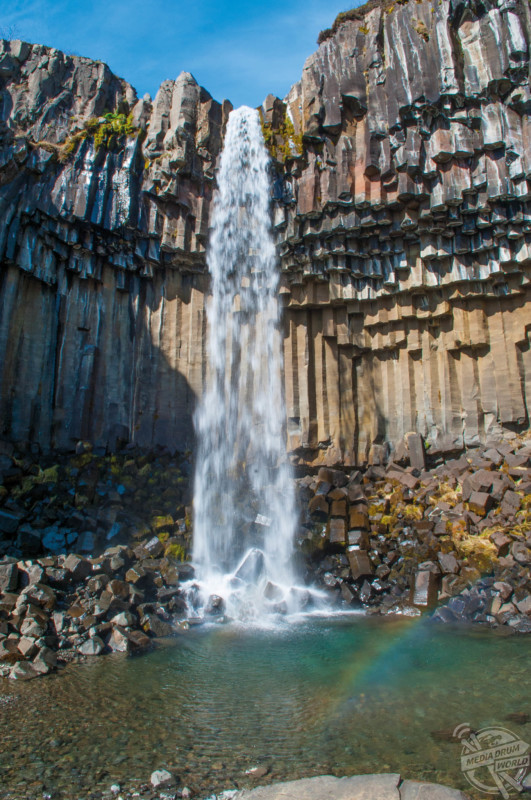
Mediadrumimages / Richard Sale & Per Michelsen

